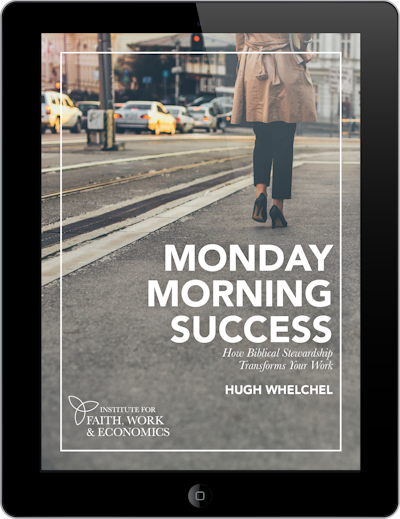Beauty is one of those “contested” words.
For many in the art world, it is a bad word, implying one group of people knows better than another. For American Christians, it hasn’t fared much better. It just isn’t something you talk about.
The “beauty” industry, together with Hollywood images and the art market, gives us a superficial example of what the word means. And then there’s the rest of us, who kind of like the word but aren’t sure how and when to use it.
But we know it when we see it. We’re on holiday by the sea. We look up. The sunset takes our breath away. Beautiful, we say.
Even The Economist, in a 2003 special report on the beauty business, concluded: “Beauty is something we recognize instinctively.” For example, the report said, a 3-month-old baby will smile longer at a face judged by adults to be “attractive.”
Artists, architects and designers who are Christians have created paintings, sculptures, buildings and images we still call “beautiful,” as have many who do not believe. Where the Christian Church has sometimes been ambivalent about art, fearing it is either a distraction or an unnecessary luxury, it has sometimes celebrated and other times ignored or shunned its artists.
Nevertheless, creating works of art is a high calling in the Christian tradition. The iconoclasts of the eighth and ninth centuries were defeated because theologians made the argument that God himself took on human form and created a world full of beauty.
Roman Catholic philosopher Dietrich von Hildebrand refuted the idea that art is superfluous. Rather, works of art are tangible evidence of the reality of God’s glory, both now and at the end of time.
He wrote: “An estimate of all things from the viewpoint of their practical and absolute necessity is to be found neither in God’s creation nor in the Revelation of Christ. In these, on the contrary, the principle of superabundance rules “
When artists, be they Christian or not, create works of art, they are participating in God’s superabundance in one of four ways.
First, their work bears witness to the reality of God. Perhaps the most famous example is Hagia Sophia, the church built by Byzantine Emperor Justinian between 532 and 537 in what is now Istanbul.
When the Russian Prince Vladimir was looking for a better religion, he sent his envoys to see this church. As the Russian Primary Chronicle states, the church itself was the deciding factor in their decision to convert to Orthodoxy: “We knew not whether we were in heaven or on earth. For on earth there is no such splendor or such beauty, and we are at a loss how to describe it. We know only that God dwells there among men. For we cannot forget that beauty.”
Second, beauty in the form of works of art can and does transform our lives. For example, in his 1939 short story “Barn Burning,” William Faulkner shows us how 10-year-old Colonel Sartoris Snopes, son of an odd-job man who abuses his wife and children, and whose penchant for arson keeps the family on the move, finds the courage to turn his father in and stop the cycle of abuse. Why? Because, for the first time in his life, he has seen love and beauty. Where? In the house of Major de Spain, the man whose barn his father intends to burn down. The house itself is beautiful, its furnishings are beautiful, the people inside treat each other with love and respect. Speechless in the face of such a vision, Colonel Sartoris longs for it. That longing gives him the courage to act. His life will never be the same.
Third, as Emeritus Pope Benedict XVI has said, works of art enable us to see ourselves more clearly. “Beauty pulls us up short, but in so doing it reminds us of our final destiny fills us with new hope, gives us the courage to live to the full the unique gift of life.”
Finally, beauty wants to reproduce itself. In her 1999 book, “On Beauty and Being Just,” Elaine Scarry argued that beauty demands replication: We want to make copies of it; we want more. And that desire is connected to wanting to right wrongs and foster fairness. That is what artists do.
Art points to that which can quench our deepest longing. Artists make works that have the power to change our lives. In the fourth century, Augustine challenged us to respond to God’s presence in both the natural world and works of art:
“Please do not be ungrateful to the one who made you able to see; this is why you are able to believe what you are not yet able to see. God gave you eyes in your head, reason in your heart. Arouse the reason in your heart, get the inner inhabitant behind your inner eyes on his feet, let him take to his windows, let him inspect God’s creation.”
Editor’s note: This article was first published in a special report by the Institute for Faith, Work & Economics and The Washington Times entitled, “Faith at Work: Economic Flourishing, Freedom to Create and Innovate.” Reprinted with permission.
